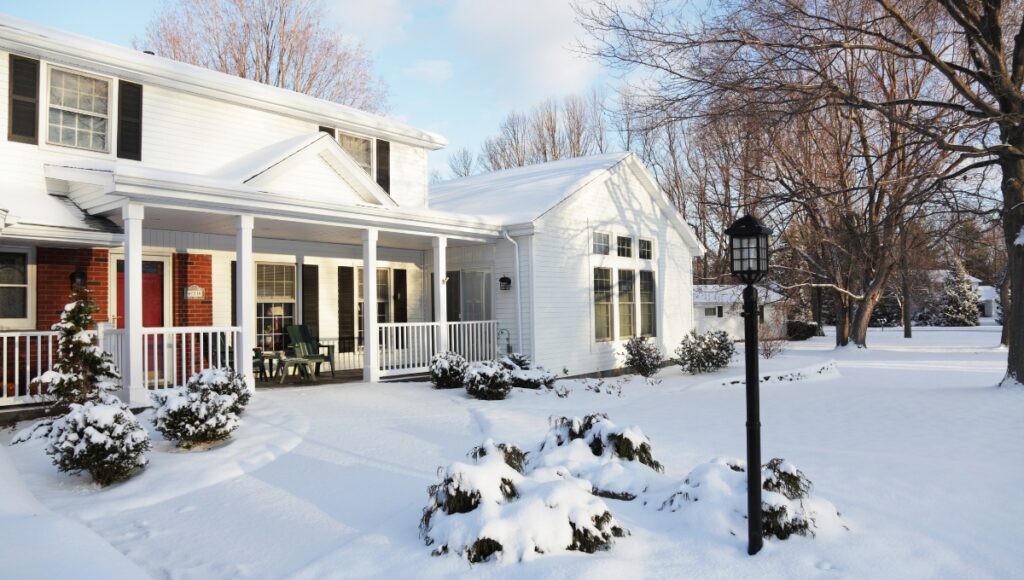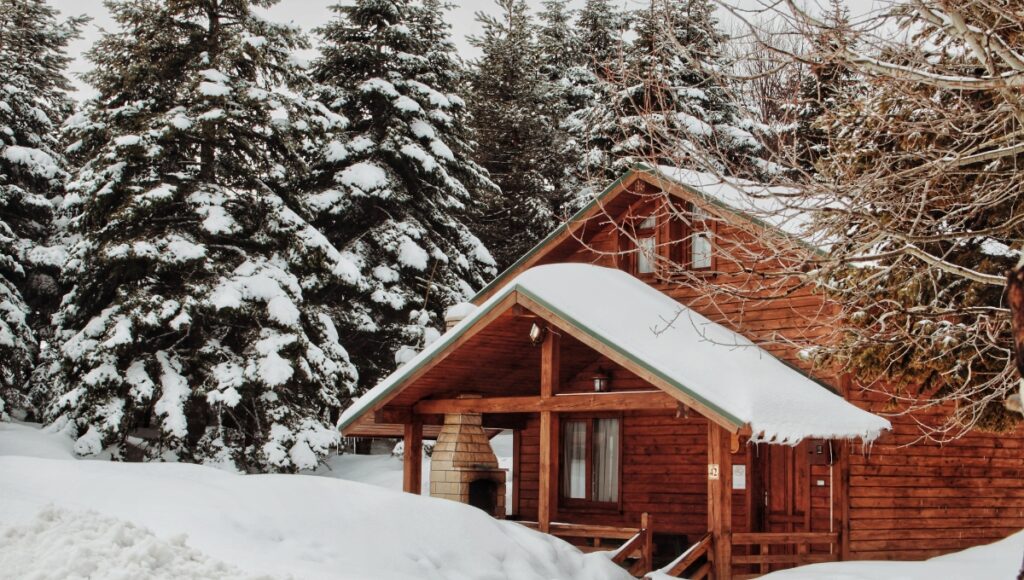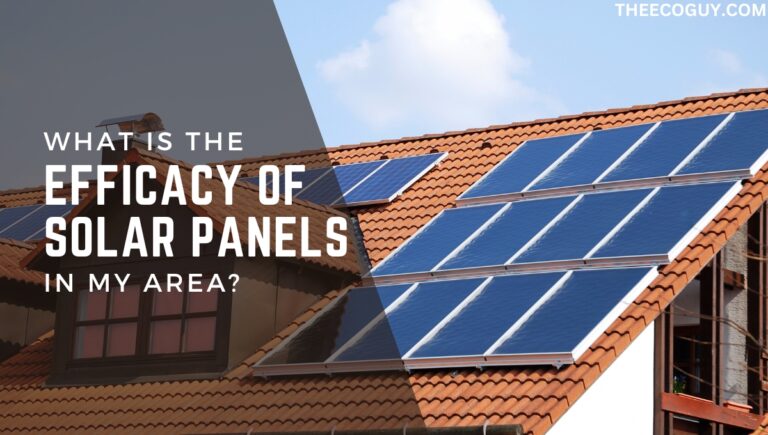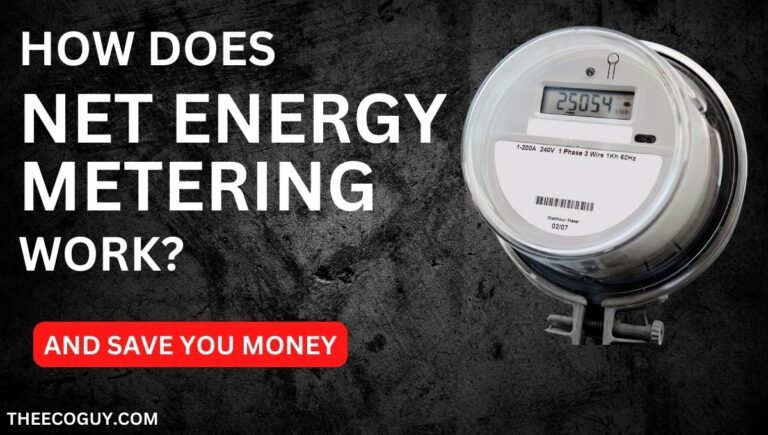How to Protect Your Solar System in the Winter (Easy Steps)

Cleaning your solar panels during the winter is critical for optimal performance. You should make sure to inspect your solar system regularly, paying special attention to keeping the area around the panels clear of debris and snow.
If snow does accumulate on the panels, use a soft brush or squeegee to gently remove it. Avoid using harsh chemicals or water hoses, as this could damage your panels.
Save hundreds to thousands of dollars in potential damages by adequately protecting your solar panel system during winter. If you reside in a snowy region, get rid of extra snow to avoid it from damaging the panels. For other climates, ensure that any tree branches and debris are eliminated for peak performance levels.
This article will discuss the steps needed to protect your solar system from becoming damaged during winter months. Along with discussing strategies for maintaining your system, it will also delve into common issues that may arise and how they can be addressed.
It is important to protect your solar system during the winter months as cold temperatures and inclement weather can cause damage to the system. This guide will discuss strategies for maintaining your solar system, common issues that may arise in winter, and how they can be addressed.
Additionally, it will provide easy-to-follow steps on how to protect your solar system from becoming damaged during these colder months. Ultimately, this article aims to help you ensure that your solar system remains in optimal condition throughout the year.

Pre-Winter Maintenance
The first step in preparing your solar system for winter is cleaning the panels. This should be done regularly, as dirt and debris can interfere with energy production.
Cleaning your solar panels is an important part of protecting your solar system during the winter months. Here are some tips for cleaning your solar panels:
- Inspect each panel regularly to make sure it’s in good condition.
- Remove any dirt, dust, and debris from the surface of the panel with a soft brush or cloth.
- Use warm water and mild soap to clean stubborn spots on the panels if needed.
- If there is snow, use a squeegee or soft brush to carefully remove it without damaging the panels.
These steps will help to ensure that your solar system is functioning properly and is ready for the winter months ahead.
Heating Solutions
Heating solutions are an important part of protecting your solar system during the winter months. Snow removal systems can help ensure that snow does not accumulate on the panels, while de-icing equipment can be used to prevent ice from forming on them.
Snow removal systems come in a variety of sizes and styles to suit different needs. For example, some systems are designed to be mounted on the roof while others may require manual intervention. De-icing equipment is often built into systems and can be used to help melt snow and ice that accumulates on the panels.
In addition to snow removal systems and de-icing equipment, there are a number of other heating solutions that can be used to protect your solar system during the winter months. These include thermal blankets, heated wiring, and reflectors.
Thermal blankets can help prevent snow from accumulating on the panels by trapping heat. Heated wiring helps melt any ice that may form on the wiring, while reflectors can be used to redirect sunlight and help keep the panels from freezing.
When looking to protect your solar system during the winter months, it is important to consider both installation and maintenance needs. Installing a snow removal system or de-icing equipment can be an arduous process, and should only be done by a professional with the right experience and tools.
When installing these systems, it is important to make sure they are properly secured and functioning correctly. Moreover, it is important to inspect them regularly to ensure that they remain in good condition throughout the winter months.
Insulation & Protection from Elements
Insulating your solar system is a key component of protecting it during winter months. Cold temperatures and extreme weather can damage the system, so proper insulation is necessary to keep it functioning optimally.
One way to do this is by using plastic sheeting or reflective insulation. This can be applied to the backside of the panels and helps to reduce heat loss and keep the panels functioning efficiently.
Another way to protect your solar system during winter months is by using protective covers. These can be placed over the panels when conditions are particularly harsh, such as during heavy snowstorms or icy weather. Covers help prevent snow from building up on the panels and provide additional insulation for increased efficiency.
Finally, it is important to make sure your solar system is properly grounded. This ensures that the electrical components are safe from static electricity and other damaging elements. Proper grounding also helps prevent shorts and fires caused by lightning strikes.
When choosing protective coverings for your solar system, it is important to consider the material that will be most effective at protecting your system from the elements. Ideally, you should look for a material that is waterproof and breathable so that it can keep out moisture while still allowing air to circulate. Materials like polyethylene plastic or synthetic fabrics are often used as protective coverings.
By following these steps, you can help ensure that your solar system is well-protected during the winter months and continues to function optimally. With proper insulation and protection from the elements, your solar system should be able to handle cold temperatures without any problem. This will ensure that your energy bills remain low and your system is as efficient as possible.

Troubleshooting Common Issues
During the winter months, you might have problems with your solar system. For example, too much snow can make it not produce enough energy. Ice on the wiring can also damage it and make it not work.
If you notice any issues with your solar system, it is best to address them right away. This will prevent further damage and help keep the system working properly.
One of the most common winter-related problems with solar systems is snow buildup on panels. If this happens, use a soft brush or cloth to remove as much of the snow as possible. This can help restore the system’s efficiency and keep it from becoming damaged further.
Another issue related to winter weather is ice buildup on wiring, which can cause shorts and damage the system. If this happens, use de-icing spray or heated wires to melt the ice off and prevent further damage.
Finally, some solar systems can be damaged by cold temperatures. If the temperature dips too low, it can cause components to malfunction or break down. To help prevent this problem, you should make sure your system is properly insulated and protected from the elements.
Winterizing your solar system is essential for ensuring that it continues to work optimally throughout the colder months.
Final Thoughts
The most important point to remember about protecting your solar system in the winter months is to ensure proper insulation and protection from the elements. This can be done by using plastic sheeting or reflective insulation on the backside of the panels, as well as protective covers when conditions are particularly harsh. Furthermore, it is necessary to make sure that your system is properly grounded to prevent shorts and fires caused by lightning strikes.
Troubleshooting common winter-related issues can also help keep your solar system in top working condition. For example, snow buildup on panels should be removed with a soft brush or cloth, while ice buildup on wiring should be melted off using de-icing spray or heated wires. Finally, keeping your solar system properly insulated can help prevent it from becoming damaged due to cold temperatures.
By following these simple steps, you will be able to keep your solar system functioning efficiently throughout the winter months. As a result, you will have access to clean and renewable energy throughout the winter months!







